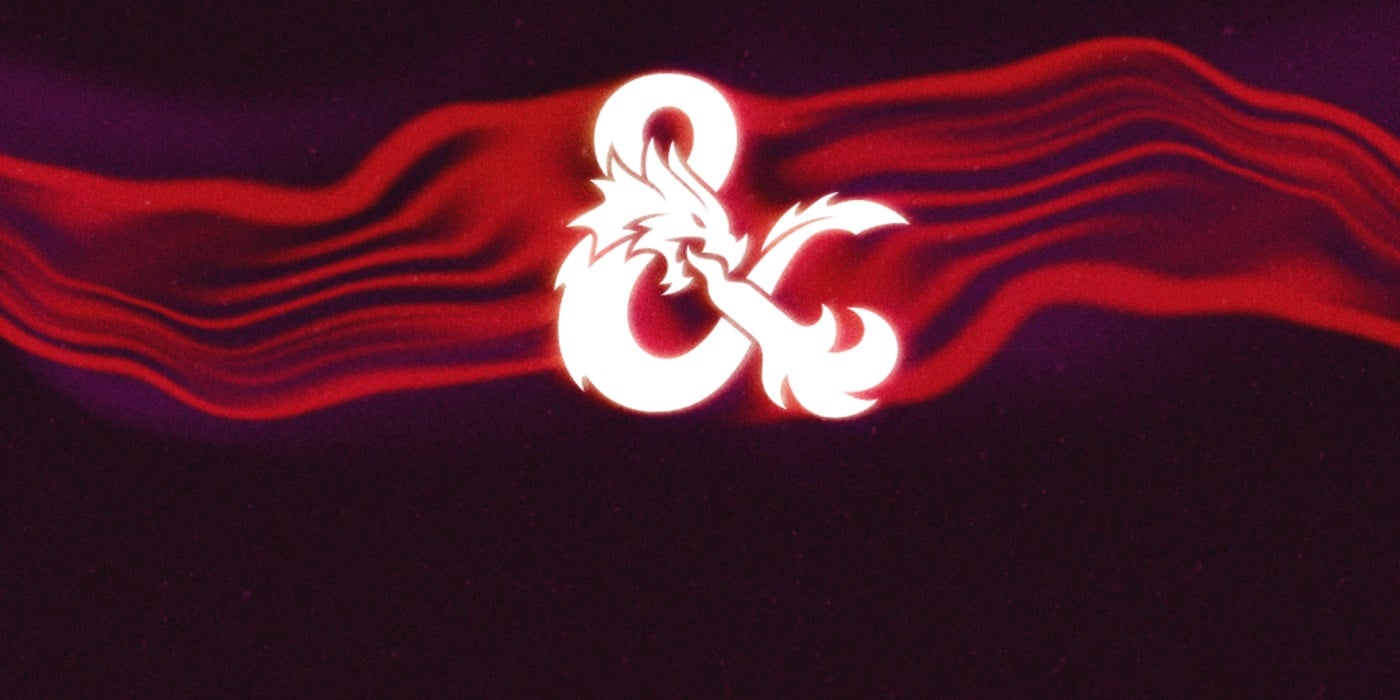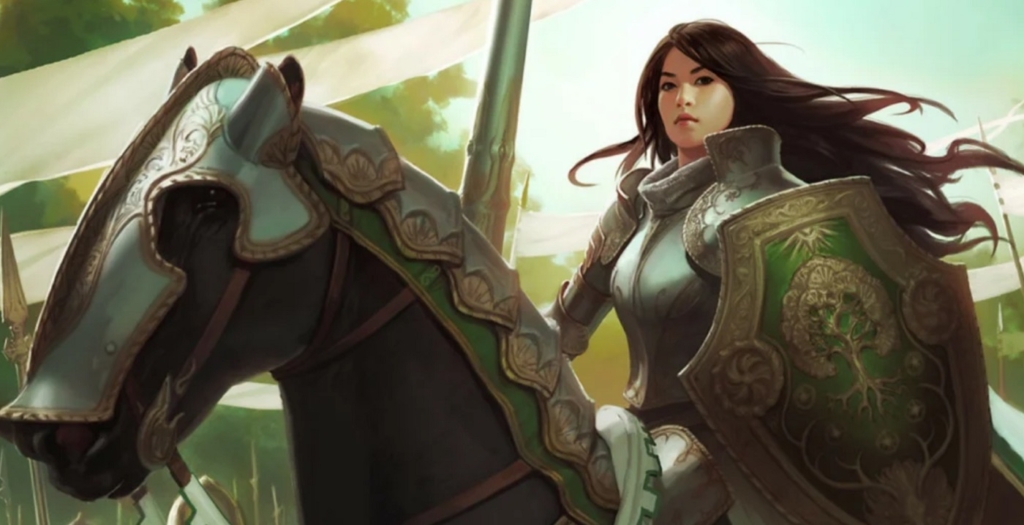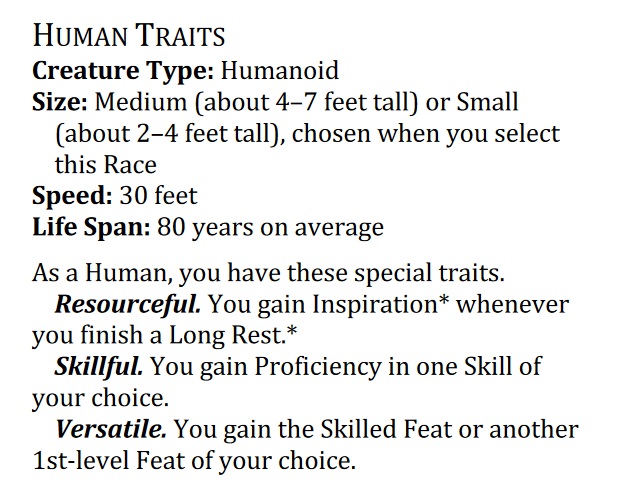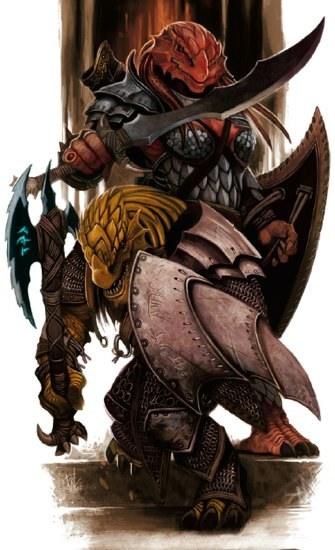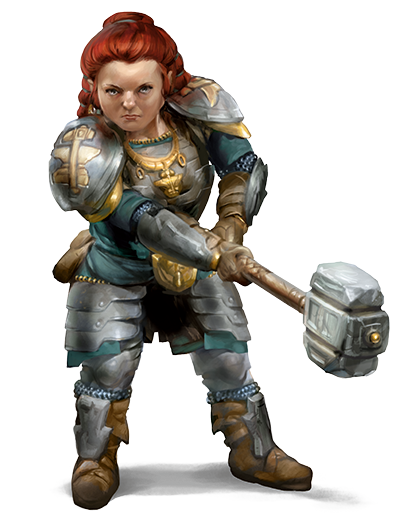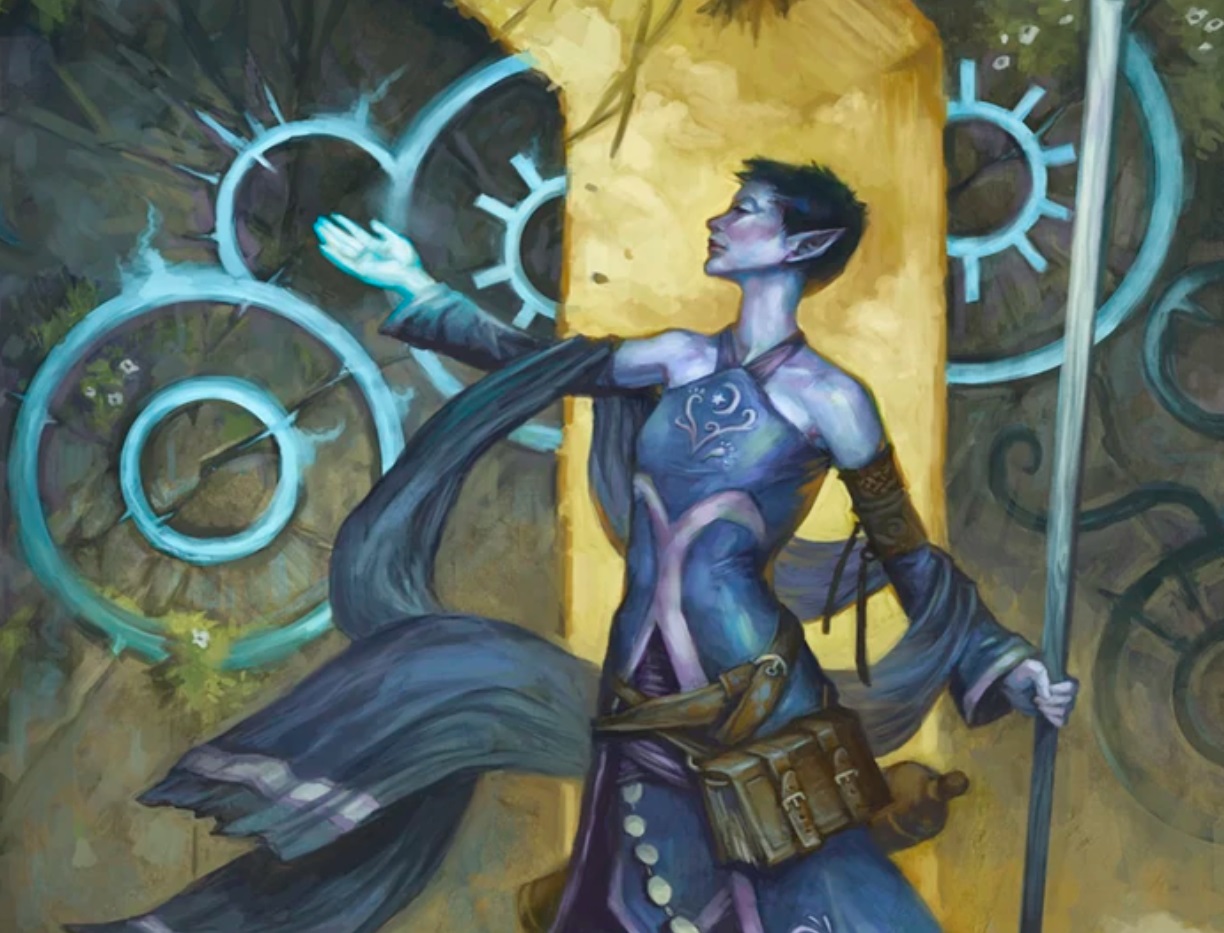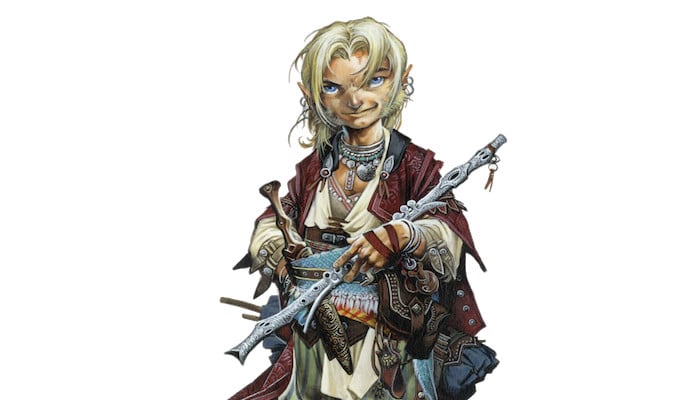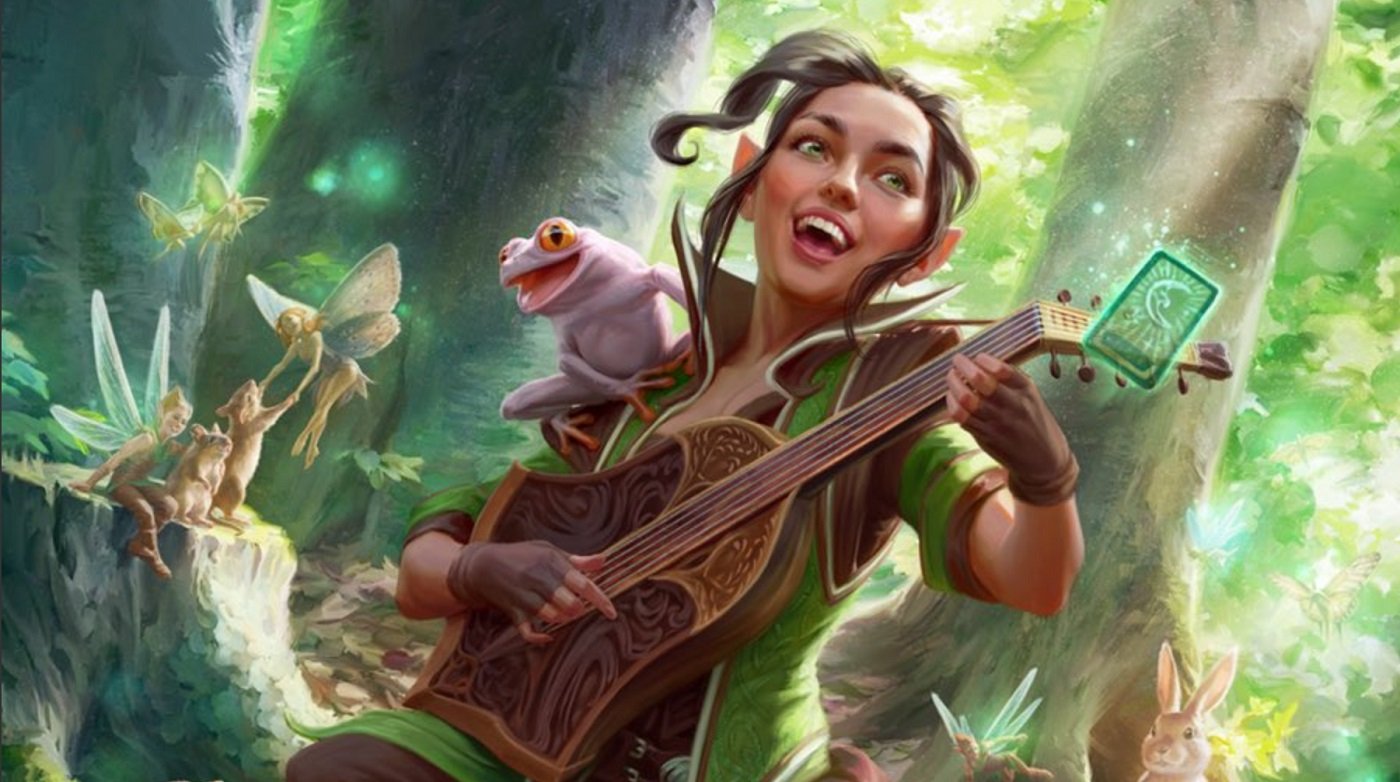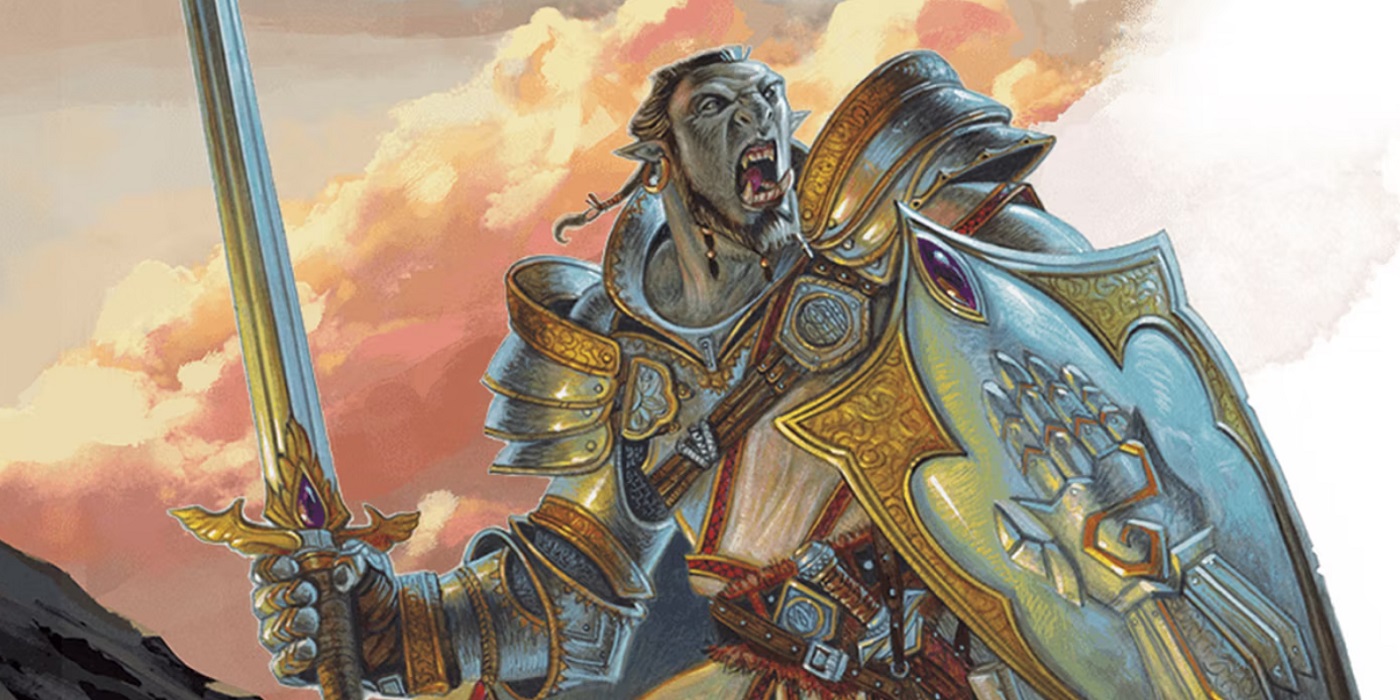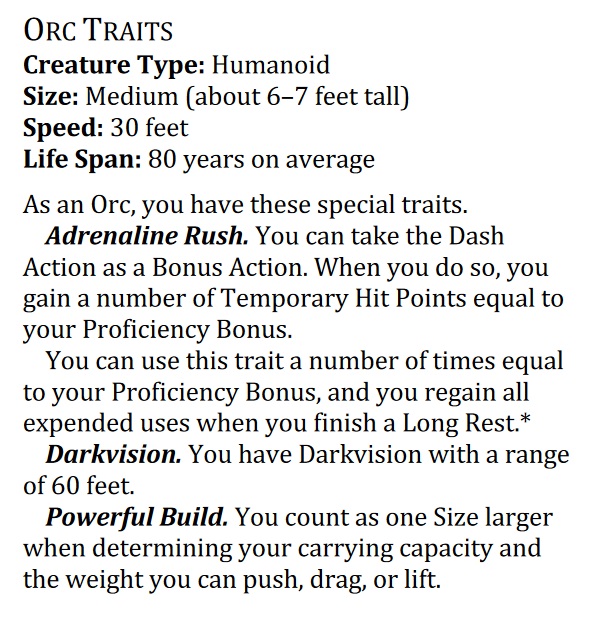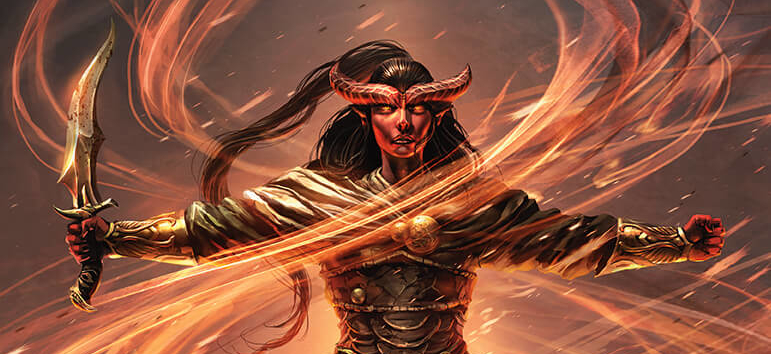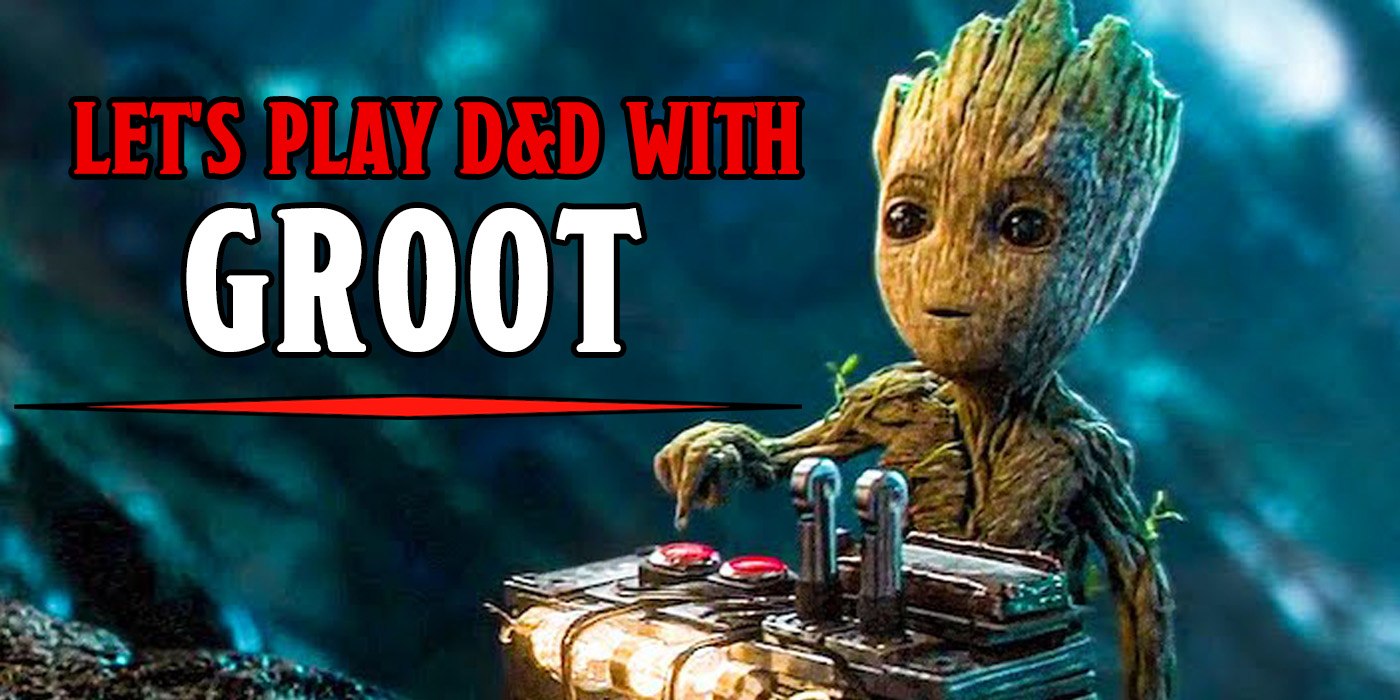One D&D’s First Playtest Offers Up a New Take on Player Races
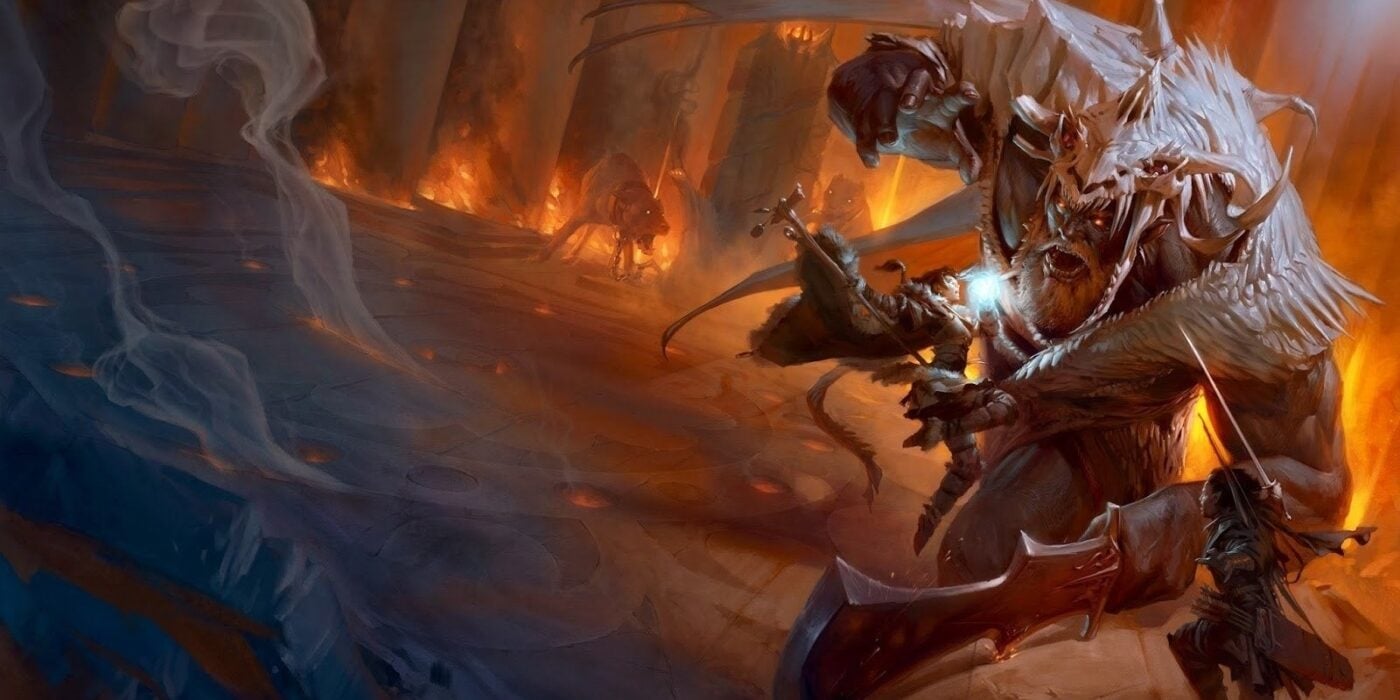

One D&D, the upcoming “new generation” of Dungeons & Dragons has its first round of playtest rules up.
Last week we got word that Dungeons & Dragons will be shedding “editions” and moving into the next generation. At Wizards Presents, WotC announced One D&D, their codename for the D&D rules coming out in 2024. But you won’t have to wait for too long.
In fact, you can get a glimpse of the new generation of rules right now. D&D Beyond has released a playtest packet for One D&D. In this One D&D Playtest, you’ll find new rules for character creation. Specifically, there are new rules for races, backgrounds, and feats. A few other things too. But today we’re talking about how One D&D will handle PC races.
One D&D Playtest: Character Creation – PC Races
It seems fitting that the first playtest ruleset is all about character creation. After all, it’s the thing that most players crash headlong into first. It’s the first thing a new player has to acquaint themselves with. And it’s the first thing WotC presents. The first step in Determining Your Origin is to pick a Race.
And One D&D tackles the races in the Player’s Handbook, giving them new updates for 2024. But before we get to that, some big changes.
Races no longer give you an ability score increase. They only give you mechanical traits. Things like darkvision or the ability to teleport or getting a rush of adrenaline all to come from your race. As One D&D puts it:
A character’s Race represents ancestry and confers game traits to the character. A character’s Background is a collection of characteristics that represent the place and occupation that were most formative for the character.
Race and Background (both capitalized now) give your character their definition before they even pick a class. Your Race, generally, gives you your creature type, size, speed, life span, and special traits.
In the playtest packet, we have several options:
- Human
- Dragonborn
- Dwarf
- Elf
- Gnome
- Halfling
- Orc
- Tiefling
Plus a new take on the Aasimar, the Ardling.
Note that Orcs are here in full. Half-orcs and Half-elves are absent, outside of a sidebar about “the magical workings of the multiverse” which we’ll talk about in another article.
For now, though, let’s take a look at the races.
One D&D Playtest Races – Humans
We start with humans. Because sometimes you just gotta drink the default juice.
And humans are exactly that. They’re as varied as you and me. They do different things. They can be found in every world, they get to be pioneers and artisans, warriors and artists, ambitious, resourcefulness, and absolutely boring.
As such here’s a look at what they get:
Which tells us a few things. Bonus feat, bonus skill, all still there. But now you gain Inspiration at the end of a Long Rest. Both have asterisks, but that’s just because they reference other rules in the playtest document.
Ardlings
Ardlings are supernal beings who came from the Upper Planes. They are WotC’s third (or fourth) attempt at making a celestial-blooded race that people actually want to play, and they might have actually succeeded this time.
The trick? Make them furry bait. If there’s one thing people want to do, it’s to be humanoid animal people. Whether it’s a bird person, a cat person, or a hippo person, you name it. And the Ardling gives you the chance to do exactly that:
An ardling has a head resembling that of an animal, typically one with virtuous associations. Depending on the animal, the ardling might also have soft fur, downy feathers, or supple bare skin.
They also get special celestial power (plus the ability to manifest spectral wings) from one of three celestial legacies:
- Exalted
- Heavenly
- Idyllic
These three flavors give you different powers.
Ardlings are the same size as humans but have a life span of 200 years. And instead of bonus skills and feats, they get angelic flight which lets them fly their speed as a bonus action (up to their proficiency bonus times per day).
And then they get their Celestial Legacy, which gives them a bonus spell at 1st, 3rd, and 5th levels:
Dragonborn
Dragonborn are back. And as before, they’re humanoid dragon people who are clearly descended from one of the big dragon types. No gem Dragonborn listed here, though presumably, they’ll be “backward compatible” when One D&D goes beyond the playtest stage.
Dragonborn have quite a few traits that most will find familiar. Breath Weapon might actually be worth having at first level now. You breathe a cone of energy up to your proficiency bonus times per day to do 1d10 + your character level in damage to creatures who fail their save. It’s not great at higher levels. Especially since it takes your whole action, and past level 3, there’s so much more you could be doing with that.
But they have damage resistance based on draconic ancestry and darkvision to help make up for it.
Dwarf
Dwarves, on the other hand, are pretty much exactly what they always have been. They are almost entirely unchanged from the PHB. The only difference is now they have an extra hit point per level, and can gain Tremorsense as a Bonus Action for ten minutes up to their proficiency bonus times per day.
Elf
Elves, on the other hand, have slightly more changes. Now you pick a lineage, right now you can choose from Drow, High Elf, and Wood Elf. Like the Ardling, each one gives you benefits at 1st, 3rd, and 5th level.
Elves all get a 1st-level power and a Cantrip, while at 3rd and 5th level they get bonus spells as shown here:
All the other stuff like Keen Senses, Fey Ancestry, and Trance are still here.
Gnomes
Gnomes also get to pick a custom lineage. Pick from Forest Gnome or Rock Gnome and get bonus spells, but only at first level. However, you’ll also gain advantage on Int, Wis, and Cha saves, thanks to your gnomish cunning. And Darkvision, like the rest.
Halflings
Halflings too aren’t much changed. They are still Brave, they still have Luck and Halfling Nimbleness, and are proficient in stealth. The only thing now is that they have an advantage on saving throws to end the frightened condition.
Orc
Orcs make the jump to core PC race for the first time in D&D. They’ve come a long way. They’re still the children of Gruumsh, but their lore is a little different now. They follow Gruumsh as “an unstoppable warrior and powerful leader” and use his gifts to fight monsters, dwarves, elves, and invaders from evil planes.
They get one of the more active powers, and honestly, of all the new changes, this one sits probably the best:
And like the Half-orc from 5E, they have Relentless Endurance, which lets them drop to 1 hit point instead of 0 hit points, once per day.
Tieflings
These are another group that sees some pretty substantive changes to both their lore and their abilities. Tieflings are now descended from any lower planes associated creature. Whether a devil, demon, yugoloth, or other Fiend.
Like the others, they pick a lineage: Abyssal, Chthonic, or Infernal which gets them special powers, again at 1st, 3rd, and 5th levels:
Try the One D&D Playtest
What do you think of the changes? The new rules? Let us know in the comments

